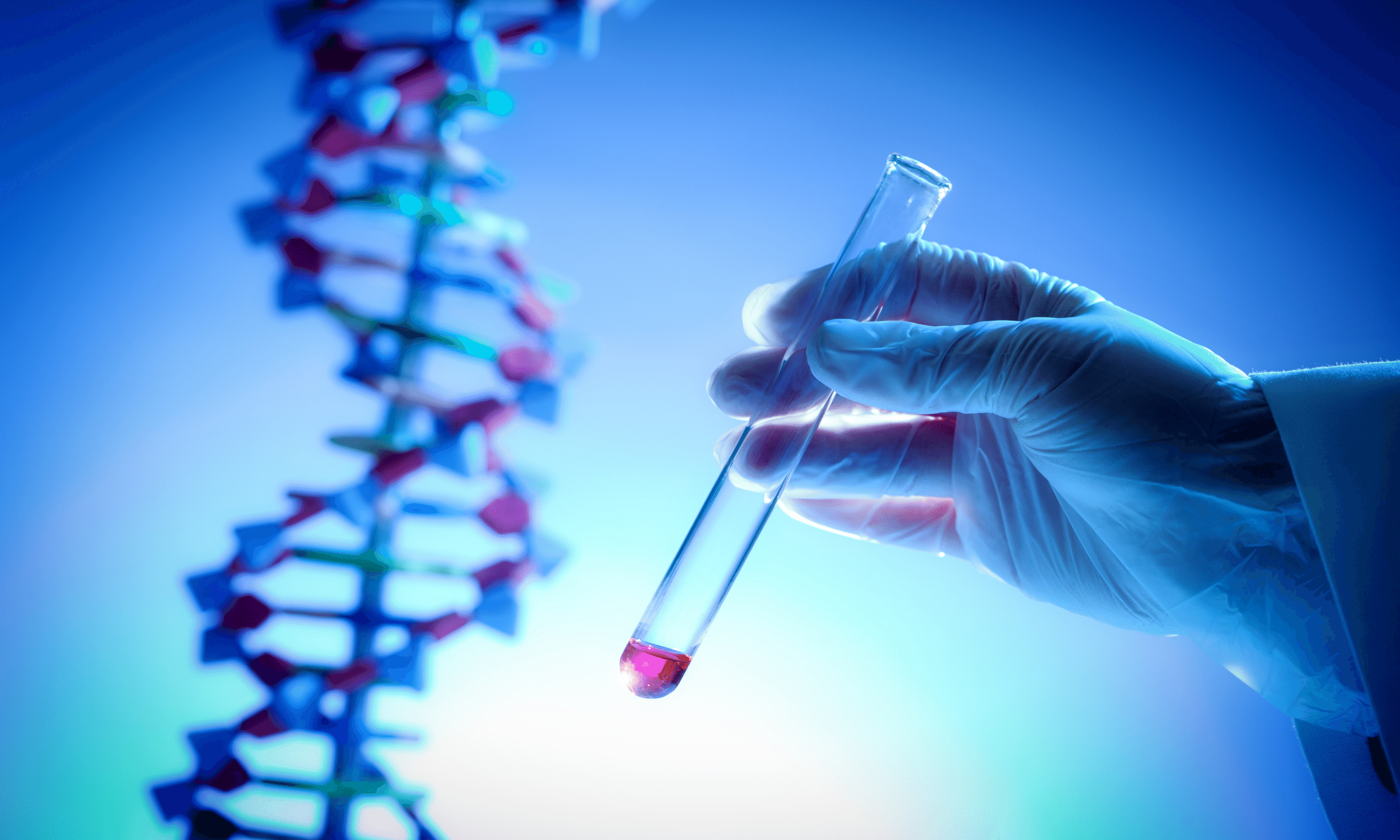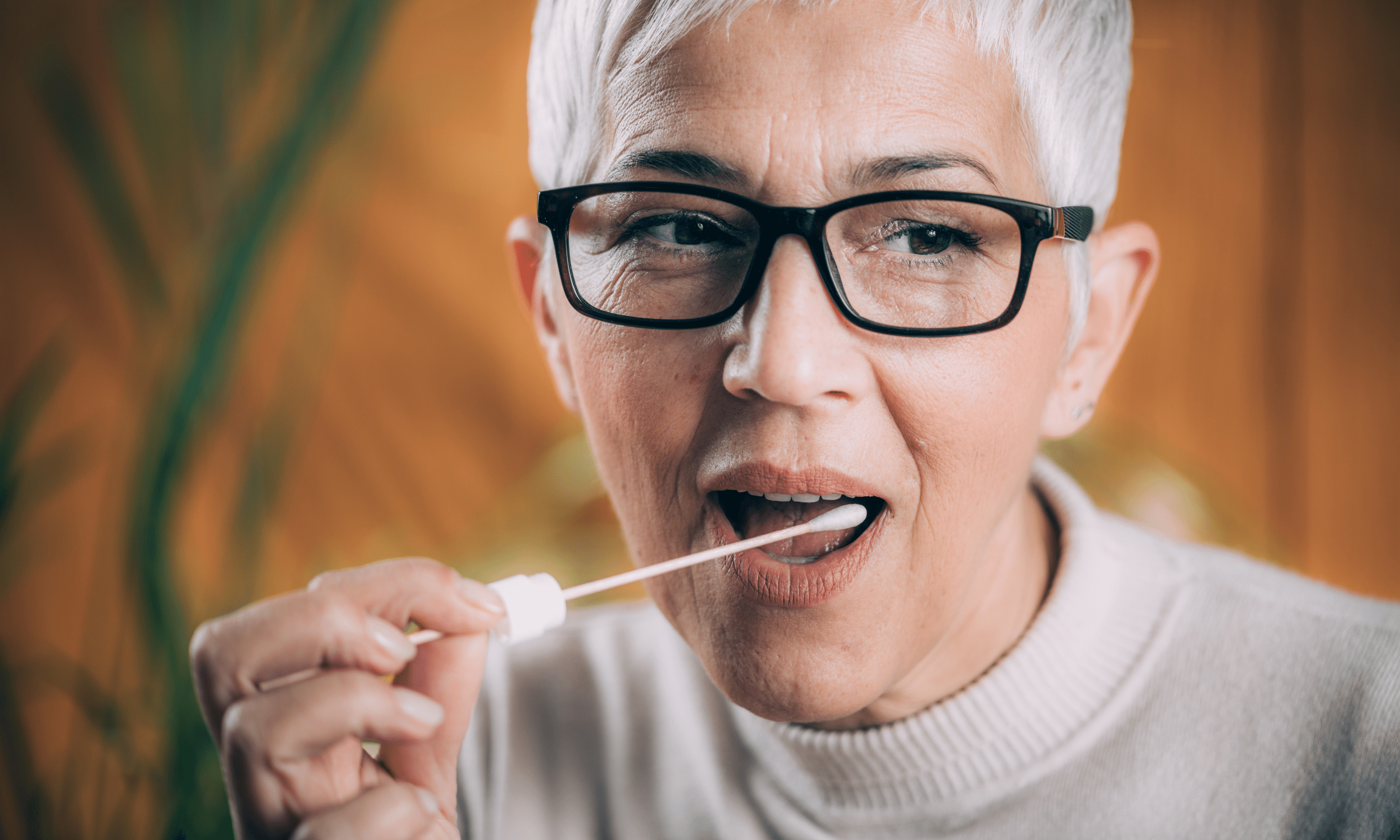Genetic Testing
Written by Morgan VanBibber. She is an undergraduate student at UNCW and is a Public Health intern at Going Beyond the Pink. *Disclaimer: This post contains affiliate links.
When someone has a family history of cancer, a big question is - Should I get genetic testing done? There are over 1.8 million individuals diagnosed with cancer annually in the United states, with 5-10% of them being hereditary, 20% being familial, and 70% are sporadic (also known as random).
While testing can be helpful for some people, it may not be helpful for everyone. Genetic testing is mostly offered to those who are likely to have an inherited gene/mutation based on personal or family history cancer.
Which genes increase breast cancer risk?
The most common two breast cancer susceptibility genes are BRCA1 and BRCA2 - their hallmark cancers are breast, ovarian, pancreatic, prostate, and melanoma. The genes prevalence means that about 1 in 300 to 1 in 500 in the general population with carry this mutated gene. However, there are other breast cancer susceptibility genes such as PALB2, CHEK2, TP53, CDH1, BARD1, STK11, ATM, NBN, and PTEN. Individuals that have inherited any of these genes are at a greater risk of developing breast or ovarian cancer compared to the general population.
Assessing Your Risk of Having a Genetic Mutation
Genetic mutations vary among families and individuals. You may have a greater risk of having an inherited gene if:
You have a family member with cancer - close relatives such as a mother or sister are more concerning than distant relatives.
The number of family members that have been affected by cancer
The age of when your relatives were diagnosed - if diagnosis occurred at a younger age, it is more concerning
How Genetic Tests are Performed
Genetic tests are typically done in a lab where cells are taken from your body. Genetic tests for cancer can be done a variety of ways - sampling of blood, saliva (spit), or cheek cells (swabbing the inside of your mouth). The sample is then used for DNA analysis to help identify if there are any harmful mutations in either one or multiple susceptibility genes.
Often, it takes 2-3 weeks after the tests for the results to be ready. Once they are, your genetic counselor will meet with you either over the phone, or at a scheduled appointment to share the results with you. They will interpret and explain the results to you and the impact it might have on you and your family. You should be given a copy of your results, if not, ask for a copy for your records.
Pros and Cons of Genetic Testing
While there are many known breast cancer susceptibility genes, most people do not take advantage of genetic testing to discover if they have them. According to Elysida Davis, Scientific Liaison with Natera, “Around 80% of women at high risk for hereditary breast or ovarian cancer never discuss genetic testing with their health care provider”. However, 1 in 4 women have a family history that is compelling enough to qualify for genetic testing through their insurance company. It is important to reach out to your health care provider to discuss the pros and cons of genetic testing and if it is right for you.
Cons of Genetic Testing
For some people, the cons of genetic testing may outweigh the pros and there is a possibility that a test result might not be informative. Other downsides of testing include:
False-positive or false negative results may happen - BUT it is extremely rare that this happens
Can be pricey- but check with your health insurance to see what they would cover - also check with the testing provider if your coverage is insufficient because they may offer assistance
Pros of Genetic Testing
There are plenty of positive aspects of getting genetic testing done, such as learning about their own cancer risks. Other pros of genetic testing are:
It can give you a peace of mind
Prevent breast cancer - if you receive a positive result from the genetic test, you can move forward with preventative measures such as increased screening, a prophylactic mastectomy or prevention medications, like Tamoxifen.
Protect your future children - if you have one or more of the cancer genes, there’s an increased risk that your offspring will also have it. This will allow your children to be aware of their family history and get genetic testing done themselves after they turn 18 in order to manage their risk.
Support your case for early breast cancer screening - if you test positive for one of the susceptibility genes, your insurance is more likely to pay for screenings like mammograms and breast MRIs.
Check out these online resources that offer genetic testing:
Natera: offers residual disease tests (MRD), tumor genomic profile, and hereditary cancer tests.
Also - take a look at these books to learn more about genetic testing!
https://amzn.to/3qQRK8w, https://amzn.to/3LstYch, and https://amzn.to/3Ult8lJ.

